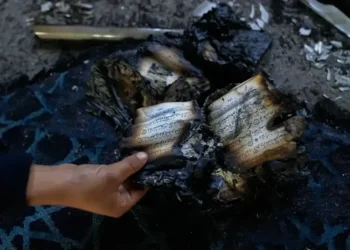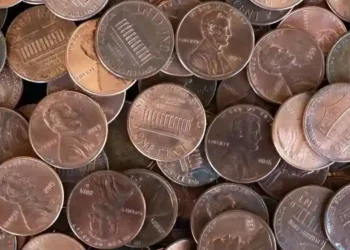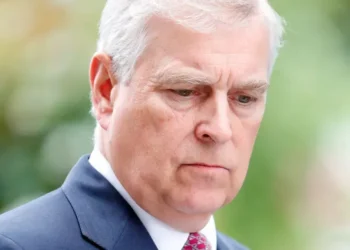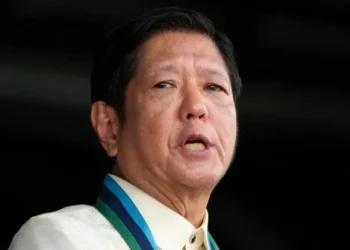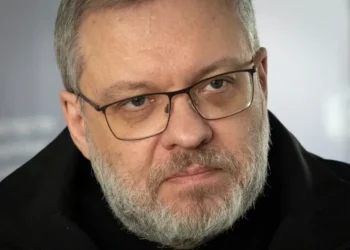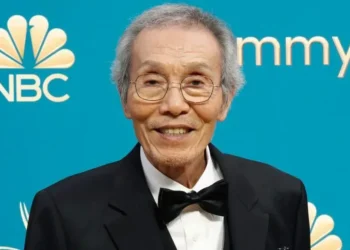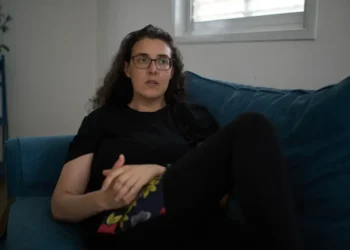France Mourns and Reflects a Decade After Deadliest IS Attacks
Ten years after the coordinated Islamic State attacks that devastated Paris, France on Thursday held solemn tributes to the 132 victims who lost their lives on November 13, 2015 — a night that still defines the nation’s sense of grief, unity, and vigilance.
At the Stade de France in Saint-Denis, where the first explosion of that night killed Manuel Dias, his daughter Sophie stood beside President Emmanuel Macron and First Lady Brigitte Macron, her voice breaking as she described “a void that never closes.” She said the absence of her father “weighs every morning and every evening, for 10 years,” and urged, “I’d like to know why. I’d like to understand. I’d like these attacks to stop.”
A night that changed France forever
On November 13, 2015, a series of meticulously coordinated terrorist assaults struck Paris, turning the city into what witnesses described as “a war zone.” Suicide bombers detonated outside the Stade de France, gunmen attacked crowded cafés and restaurants, and three militants stormed the Bataclan concert hall during a performance by the Eagles of Death Metal. Ninety people were killed at the Bataclan alone; hundreds more were injured across the city.
The attacks shocked France and the world, marking the country’s deadliest act of terror in modern times. Two survivors who later died by suicide have since been officially recognized among the victims, bringing the death toll to 132.
In the decade since, France has reshaped its security apparatus, granting expanded powers to intelligence and law enforcement agencies while engaging in intense public debate over the balance between safety and civil liberties.
Nationwide commemorations and remembrance
President Macron began the day’s tributes at the Stade de France before traveling to each of the targeted sites — including the Carillon and Petit Cambodge cafés in the 10th arrondissement, La Bonne Bière, Le Comptoir Voltaire, and La Belle Équipe in the 11th — ending at the Bataclan theater. Families of victims were given precedence at every location in what the French presidency called a “families first” protocol.
At Place de la République, crowds gathered beneath the statue of Marianne, laying flowers and lighting candles as they did in the days after the attacks. Big screens broadcast the ceremonies across the capital, and buildings were illuminated in the colors of the French flag.
Paris Mayor Anne Hidalgo said the city still carries the memory of that night in its streets and in its collective conscience. “Ten years later, the emotion is still intact,” she said, “and hope must be shared, despite the pain and the absence.”
A living memorial to the victims
Later in the evening, Macron was set to inaugurate the “November 13 Memory Garden,” a permanent memorial located opposite City Hall. Designed with input from victims’ associations, the stone garden features engraved granite blocks representing each attack site and bearing the names of the victims.
The commemoration was accompanied by musical performances celebrating the spirit of togetherness that the attackers had sought to destroy — the same everyday pleasures of football, music, and friendship that the country continues to defend.
Church bells across Paris, including those of Notre-Dame Cathedral, were scheduled to ring at dusk, while the Eiffel Tower was illuminated once again in blue, white, and red.
France still shaped by that night
The 2015 attacks not only altered France’s national psyche but also reshaped its politics. The government implemented sweeping counterterrorism measures, introducing laws that gave broader authority to police and intelligence services. Those powers, initially temporary, were later made permanent, fueling ongoing debates over security and personal freedom.
Former Prime Minister Manuel Valls told French broadcaster TF1 that he remembers “every minute, as if my memory refuses to forget.” Interior Minister Laurent Nuñez warned that while a large, coordinated attack like the 2015 operation is now considered less likely, the risk of isolated radicalized individuals acting alone remains “very high.”
Survivors still living with trauma
For survivors, the 10th anniversary reopens wounds that never fully healed. Arthur Dénouveaux, who escaped the Bataclan and now leads the victims’ group Life for Paris, said, “You never fully heal. You just learn to live differently.”
Many survivors speak of learning to rebuild ordinary life — returning to work, socializing, listening to music — without being overwhelmed by memory or fear.
A lengthy trial in 2021–2022 brought a measure of closure. Salah Abdeslam, the lone surviving member of the attacking group, was sentenced to life imprisonment without parole, while 19 others were convicted on related charges. But for many, accountability could not erase the lasting psychological impact.
“The trial didn’t end the pain,” said one survivor interviewed by French media. “It helped us understand, but it didn’t help us forget.”
A decade later: grief, memory, and resilience
As names were read and wreaths laid across Paris, the central message was one of remembrance without spectacle — to honor those lost and uphold the spirit of daily joy the attackers tried to extinguish.
“The goal,” said organizers of the day’s events, “is simple: grief without spectacle, memory with room for the living.”
This article was rewritten by JournosNews.com based on verified reporting from trusted sources. The content has been independently reviewed, fact-checked, and edited for accuracy, tone, and global readability in accordance with Google News standards.
Stay informed with JournosNews.com — your trusted source for verified global reporting and in-depth analysis. Follow us on Google News, BlueSky, and X for real-time updates.
JournosNews.com follows Google News content standards with original reporting, verified sources, and global accessibility. Articles are fact-checked and edited for accuracy and neutrality.


